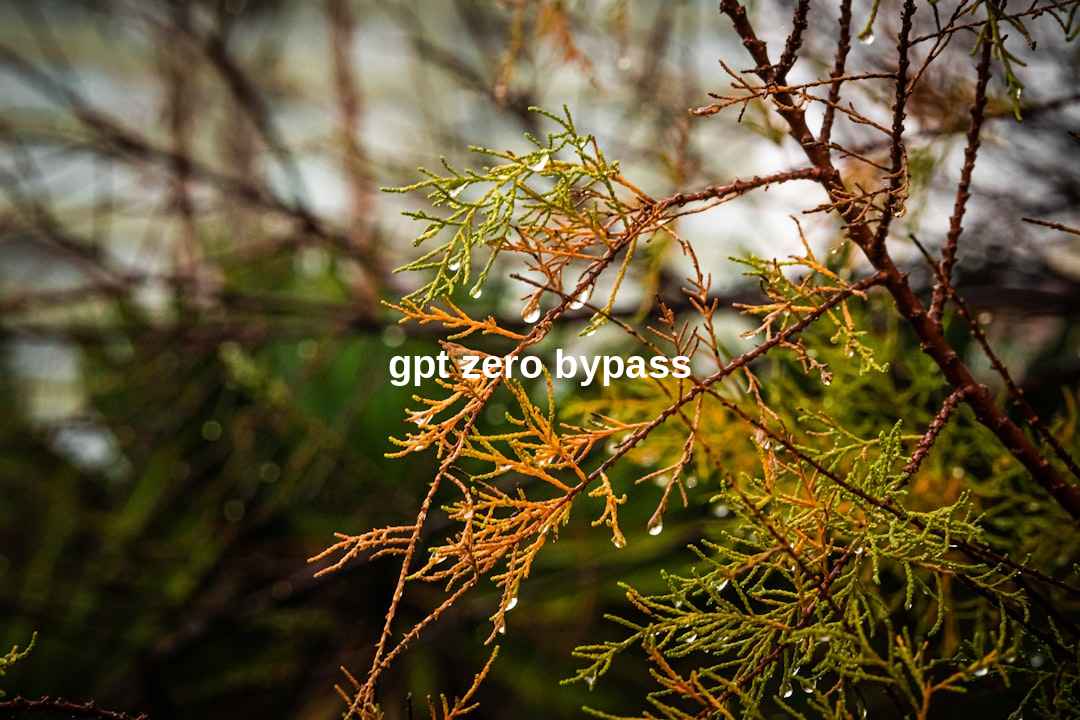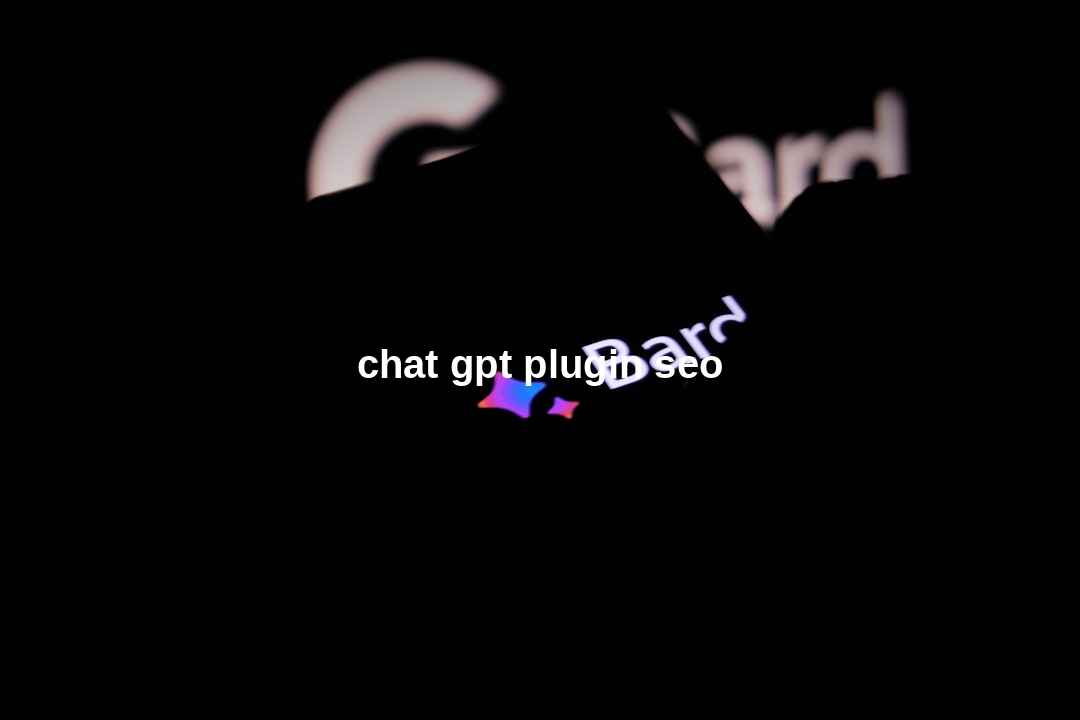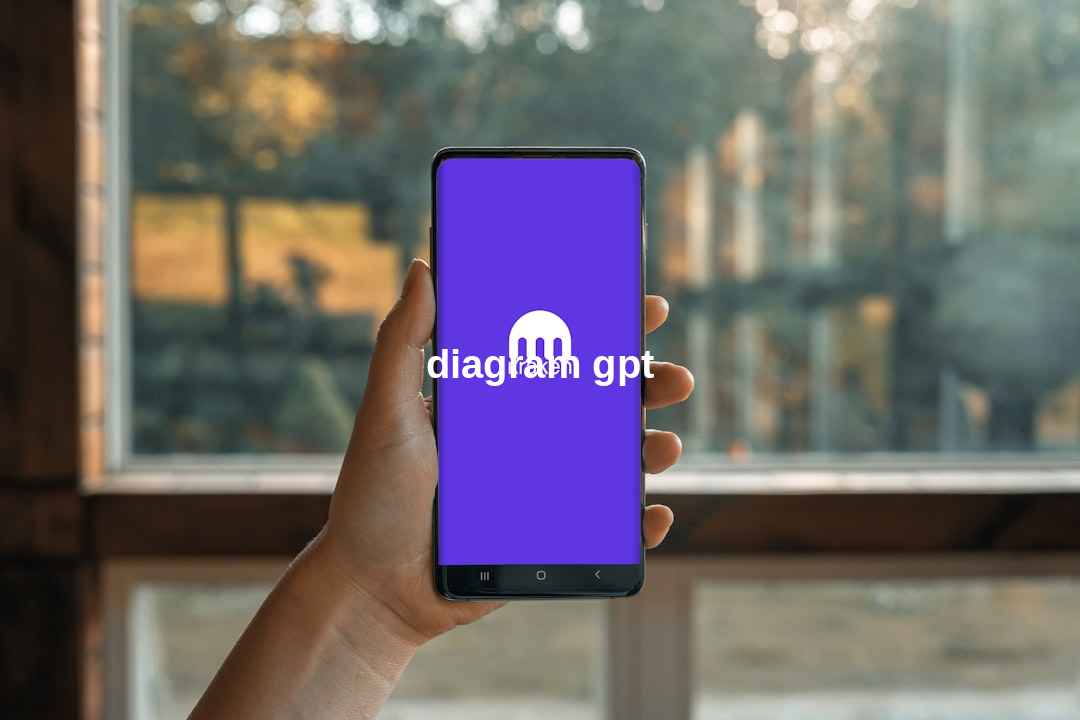Introduction:
With the burgeoning demand for efficient and accurate transcription services, individuals and businesses alike are continuously on the hunt for powerful tools that can simplify the conversion of audio into text. One key question that arises in this context is: Can ChatGPT transcribe audio? In addressing this query, it’s important to explore the capabilities of advanced AI platforms like ChatGPT and how they potentially integrate with other software to deliver comprehensive transcription solutions.
| Feature | Details | Limitations | Potential Enhancements |
|---|---|---|---|
| Text-based AI | ChatGPT can process and generate text-based content. | Cannot directly process audio files. | Integration with audio processing tools. |
| Transcription Accuracy | Depends on the quality of audio processing and AI’s understanding. | Inherent errors in voice recognition can occur. | Advanced machine learning techniques for better context understanding. |
| Automation Potential | ChatGPT can enable faster transcription with proper audio-to-text conversion setup. | Limited by the need for human supervision to ensure quality. | Self-learning algorithms to reduce the need for human oversight. |
| Integration Options | Can work with services like Pipedream for enhanced functionality. | Relies on third-party services for audio transcription capabilities. | Developing more seamless integration with transcription services. |
Exploring the Capabilities of ChatGPT in Audio Transcription
While ChatGPT itself is not inherently equipped to transcribe audio directly, there’s more to the picture when we consider its capabilities and the potential for synergistic relationships with other technologies.
Transcription Ecosystem and ChatGPT’s Role
ChatGPT, with its sophisticated language processing abilities, is designed primarily to understand and generate human-like text. When it comes to audio transcription, the AI relies on seamless integration with specialized audio processing tools. This partnership enables ChatGPT to leverage the transcribed text for further analysis, summarization, translation, or even generating specific responses based on the audio content.
The current strength of ChatGPT lies in the post-transcription phase, where once the audio is converted to text by other services, it can perform a variety of text-based tasks. This includes cleaning up transcripts, organizing them into more coherent sections, and even identifying key themes or questions from the spoken content.
Given this context, the integration with audio transcription services becomes crucial. Technologies such as automatic speech recognition (ASR) software can bridge the initial gap—converting spoken words into a written format—which then can be fed into ChatGPT for advanced processing.
Industries ranging from legal to medical and media are looking to these integrations as a means to not only save time but also improve the accuracy of transcriptions. By combining the cognitive abilities of AI like ChatGPT with the precision of ASR systems, a more powerful workflow emerges for handling audio content.
The Integration Ecosystem: How Pipedream Enhances ChatGPT’s Transcription Functions

While ChatGPT cannot inherently transcribe audio, its integration with platforms such as Pipedream can significantly enhance its utility in transcription tasks.
Understanding Pipedream’s Role
Pipedream is an integration and automation platform that enables users to connect APIs rapidly and develop event-driven workflows. When paired with ChatGPT, it acts as a bridge between the AI’s text processing capabilities and audio transcription tools. By facilitating the flow of data from audio sources to ChatGPT, Pipedream allows for the creation of sophisticated transcription pipelines that can automatically convert spoken language into text, which ChatGPT then processes.
This connectivity offers a realm of possibilities—for instance, automating the transcription of podcasts, meetings, and interviews—and then utilizing ChatGPT to summarize, categorize, and even respond to queries derived from the transcribed text.
Optimizing Workflow with Integration
Integrations can dramatically streamline the transcription process. With Pipedream, users can set up triggers that automatically start a transcription job the moment an audio file is uploaded to a cloud storage service. The transcribed text is then sent to ChatGPT, which could be further programmed to carry out additional tasks, such as tagging, formatting, or data extraction. The integration ecosystem not only saves time but also opens the door to more complex text-analysis operations, leveraging the strengths of both transcription services and AI like ChatGPT.
TurboScribe: Bridging the Gap Between Transcription and Text-Based AI Enhancements
TurboScribe is an illustrative example of how specialized transcription services can be used in tandem with ChatGPT to achieve superior quality and functionality in text-based AI applications.
How TurboScribe Complements ChatGPT
TurboScribe may represent an imaginary or hypothetical tool that symbolizes the advanced transcription services available today. These services focus on converting audio accurately into text with rapid processing times. When such a service is combined with an AI like ChatGPT, the resulting synergy enables the handling of transcriptions not simply as static text but as dynamic data ripe for AI analysis and enhancement.
For example, after TurboScribe performs the initial transcription, ChatGPT could then be used to refine the text, correct any grammatical errors, and format the transcription into a more presentable and accessible format. Additionally, ChatGPT could enrich the transcription by adding metadata, summarizing content, and even extracting actionable insights based on the discussion in the audio.
Advanced Functionality Through Collaboration
The collaboration between transcription tools like TurboScribe and advanced AIs such as ChatGPT could extend further into domain-specific applications. Legal or medical transcriptions often require specialized knowledge and a high degree of accuracy; thus, when ChatGPT is provided with transcripts from these fields, it can be fine-tuned to adhere to industry standards and terminology, ensuring that the final document not only conveys the correct information but does so in a format that is immediately useful to professionals in the field.
Implications of Advanced Transcription Technologies on the Job Market and Beyond
The advent of sophisticated transcription technologies, when integrated with AIs like ChatGPT, has profound implications for the job market, potentially reshaping industries and how we interact with technology.
Impact on Transcription Jobs
The automation of transcription and the increasing sophistication of AIs like ChatGPT can lead to worries about the potential displacement of human transcriptionists. However, it also opens possibilities for these professionals to transition into more nuanced roles that require overseeing these AI systems, ensuring quality control, and providing human intuition and understanding that AI may not fully replicate.
Moreover, rather than completely replacing transcription jobs, these technologies can eliminate the more mundane aspects of the task, such as transcribing clear and straightforward audio, allowing humans to focus on complex content that still requires a human touch. This transition may increase the demand for professionals who can manage AI systems and refine their outputs—a skill set that will likely grow in importance as these technologies continue to evolve.
The Broader Societal Impact
On a societal level, the integration of AI and transcription technologies democratizes access to information, making it more accessible for everyone. It allows for content in various languages and formats to be easily transformed and delivered to a wider audience. This not only enhances inclusivity but also facilitates education and knowledge sharing across diverse populations.
Additionally, the commitment of these advanced tools to enhancing the accuracy and availability of transcribed material has implications for improved documentation in healthcare, legal frameworks, and media, ultimately contributing to greater transparency and efficiency across these vital sectors.
Conclusion: The Future of Audio Transcription with ChatGPT and Complementary Tools
In conclusion, the exploration into whether Can ChatGPT transcribe audio reveals that while ChatGPT alone is not a transcription tool, its potential in enhancing transcription processes is undeniable. By integrating with specialized audio transcription services and automation platforms like Pipedream, ChatGPT can bring its advanced text-based capabilities to the realm of audio content. This symbiotic relationship is instrumental in pushing the boundaries of what AI can achieve in the transcription sector.
- ChatGPT cannot transcribe audio independently but excels in text manipulation and generation post-transcription.
- Pipedream acts as a facilitator, creating workflows that connect audio sources to ChatGPT, expanding its functionality.
- Imaginary platforms like TurboScribe demonstrate the potential of combining precise audio-to-text conversion with AI processing for enhanced transcripts.
- The integration of AI like ChatGPT with transcription technology has significant implications for the job market, potentially shifting roles rather than replacing them.
- Advanced transcription technology paired with AI democratizes information access, promotes inclusivity, and increases efficiency in critical sectors.
- The future of audio transcription is likely to see even tighter integration between AI platforms and transcription services, driving forward innovations in accuracy, speed, and application diversity.
Inherently, this paradigm shift speaks to the adaptability and continuous development of AI. As tools like ChatGPT become increasingly proficient and integrations more seamless, the landscape of audio transcription—and the ways we interact with and process information—will keep evolving, shaping a future where technology increasingly supports and amplifies human potential.
FAQs on ChatGPT and Audio Transcription
How do I transcribe audio to text with ChatGPT?
To transcribe audio to text using ChatGPT, follow these steps:
1. Access an integration platform like Pipedream that supports OpenAI’s API.
2. Set up a workflow by configuring triggers based on HTTP requests, schedules, or app events.
3. Connect your OpenAI (ChatGPT) account within the platform.
4. Configure the Create Transcription (Whisper) action, and select an Audio Upload Type.
5. Optionally, choose the language of the audio if it’s supported.
6. Deploy the workflow to start the transcription process.
7. Send a test event to validate your setup.
8. Turn on the trigger to automate the transcription.
Remember, ChatGPT itself doesn’t directly transcribe audio. It requires the use of intermediaries or APIs that handle the audio transcription, whose output can then be processed by ChatGPT.
Can ChatGPT work with audio files?
ChatGPT cannot inherently process audio files. However, external transcription services and tools can first transcribe audio files, such as voice memos, lectures, podcasts, interviews, etc., into text. Once the transcription is obtained, ChatGPT can work with the resulting text to enable various applications, such as creating summaries, generating blog posts, or formatting outlines.
Can GPT-4 transcribe audio?
GPT-4, like previous versions of the language model, does not directly transcribe audio. To transcribe audio using GPT-4, you would need to integrate it with a Speech-to-Text API that performs the audio transcription. Once the audio data is transcribed to text, GPT-4 can be used to process the text for various purposes, such as voice-overs, text analysis, or further content creation.
Can ChatGPT summarize a voice recording?
ChatGPT can summarize a voice recording, but it requires the voice recording to be transcribed into text first. This can be done through a transcription service or tool. Once you have the text, you can input the text directly into the ChatGPT interface, or provide ChatGPT with a link to the content if it is hosted online. ChatGPT will then generate a summary based on the textual information from the voice recording.


